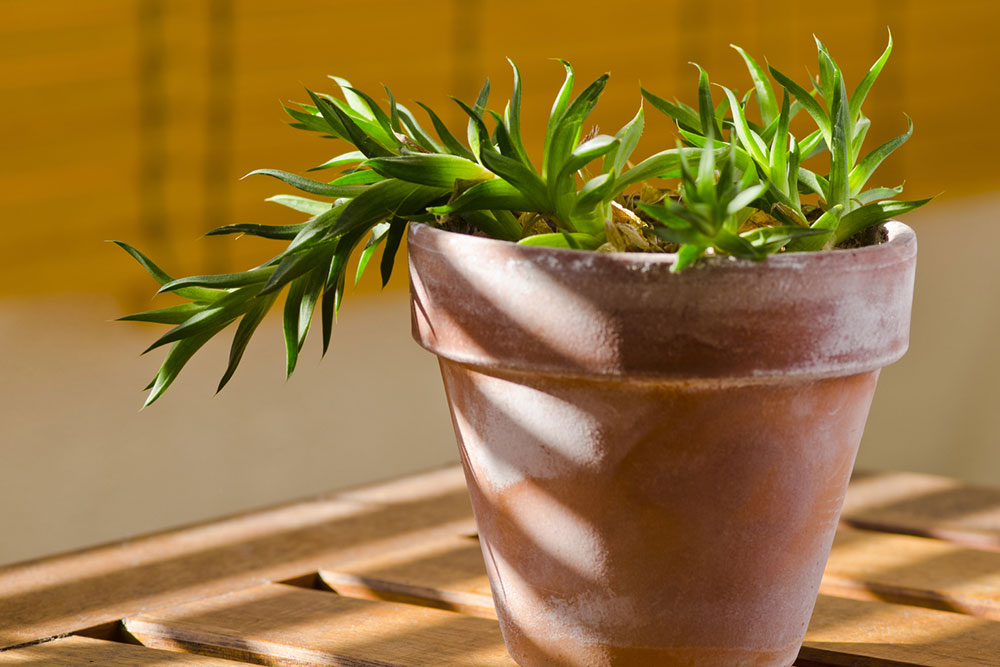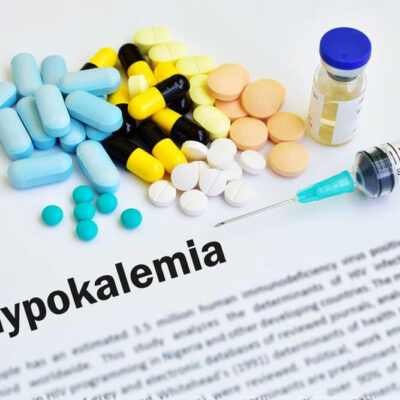
Toxic Houseplants for Pets
Pets are often like family members. That is why important to protect them from harm so that they can live long, happy lives. While their forever home is usually a safe haven, it can also be a place of danger because it may contain toxic houseplants. Pet toxicity is on the rise because of certain toxic houseplants that pet parents may not be aware of. However, potential pet toxicity can be prevented with the right education on toxic houseplants. It might be useful for pet parents to know which houseplants are dangerous to cats and dogs respectively.
A few of the harmful, even life-threatening, houseplants for cats and dogs are sago palm and several types of lilies, including:
1. Sago palm
Interestingly enough, sago palm is a houseplant that is toxic to both cats and dogs. According to the website balconygarden.com, sago palm contains the toxin called cycasin. Also, it must be noted that all parts of the plant are toxic to pets. One negative effect of ingesting any part of this plant is liver damage. The level of toxicity is very high. Symptoms of poisoning include but are not limited to vomiting, jaundice and increased thirst.
2. Calla lily
While all kinds of Lilies are harmful for pets, this list will be abbreviated here for the sake of brevity of this article. The first one of these lilies is Calla Lily. All parts of this plant are harmful to pets. The toxins in this houseplant are insoluble calcium oxalates and toxic alkaloids. The severity of poisoning is mild to moderate. Symptoms of poisoning include but are not limited to diarrhea, lack of appetite and pawing at the mouth. It is important to note that symptoms can be visible immediately when the plant is chewed. That is, the poisoning takes effect immediately.
3. Kaffir lily
Another kind of lily that is poisonous to pets, and especially dogs, is the Kaffir lily. The toxins in this lily are licorice and other alkaloids. Unfortunately, in this instance, the severity of poisoning is high. Essentially, the whole plant is toxic. While ingesting small amounts of the plant is likely cause such mild symptoms like vomiting and diarrhea, ingesting large amounts is likely to cause more serious consequences, of which convulsions and cardiac arrhythmia are just two examples.
3. Flame lily
Another toxic plan to pets, and especially dogs, is the flame lily, also known as gloriosa superba. Toxins in this plant are colchicine related alkaloids. Here, the severity of toxicity is very high. This is particularly due to the presence of the toxin colchicine. In fact, the whole plant is toxic particularly because it contains this toxic chemical colchicine. But, more specifically, especially the seeds and tubers of the plant are extremely high in this toxin. Some of the serious symptoms of toxicity are shock, liver damage and paralysis.


